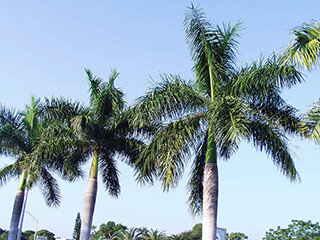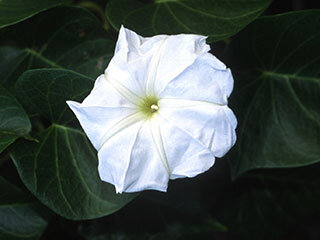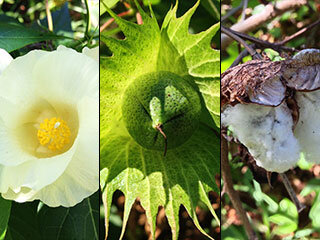Zamia integrifolia (Zamiaceae) Origin: Florida and Georgia, Cuba, Bahamas? We have featured plants before which do not bloom, most of them spore-releasing ferns. Our featured Florida native this month, coontie, is a cycad, which like ferns is a group of ancient plants...










